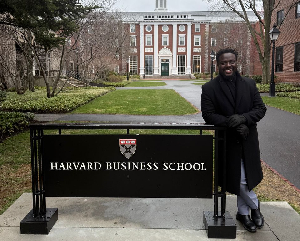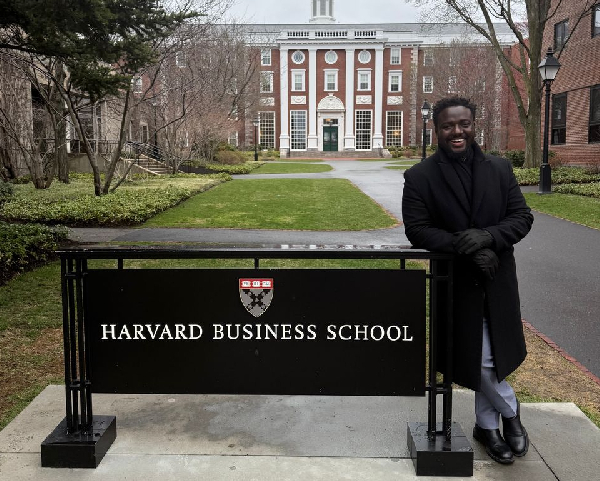 Jeph Acheampong is Founder of Blossom Academy
Jeph Acheampong is Founder of Blossom Academy
At the 16th Annual Africa Development Conference at Harvard University, Jeph Acheampong, Founder of Blossom Academy, delivered a call for an urgent transformation of Africa’s education systems, warning that traditional models are failing the continent’s growing youth population.
“Traditional, exam-focused education, which relies on rote memorization rather than problem-solving, no longer serves the realities of today’s world,”
Acheampong told attendees at the “Rethinking Africa’s Learning Systems” panel.
“We need education that is dynamic, connected to the real economy, and constantly evolving.”
Acheampong, whose academy is a leader in closing Africa’s digital skills gap, outlined a vision for industry-driven education.
He proposed a system where companies regularly update a centralized database with evolving skills requirements, enabling governments to adapt academic curricula in real time.
“Imagine a system where industry voices are not heard once every few years, but every month,” he said.
“Instructional designers would use this data to refresh curricula, making education relevant and future-proof.”
Highlighting the real-world impact of demand-driven learning, he shared the story of a Blossom Academy student who helped turn around a struggling family business by developing a data dashboard that tracked surplus and reduced financial losses.
“This is the kind of innovation we need, students applying what they learn directly to solve real problems,” he said.
In addition to advocating for curriculum reform, Acheampong emphasized the importance of vocational education as a pathway to employment and entrepreneurship.
“Vocational skills alone won’t transform the continent overnight,” he noted, “but they are critical for creating alternative pathways to employment, especially in vocational fields like upskilling electricians for the nascent renewable energy sector.
He also addressed the continent’s broader employment crisis. Each year, approximately 12 million young Africans enter the labor market, but only 3 million formal jobs are created, he said.
“There’s a 9 million gap every year,” Acheampong stressed. “We have to ask ourselves, is it purely a skills mismatch, or are we simply not creating enough jobs?”
To bridge this gap, he pointed to the potential of artificial intelligence (AI) to personalize career pathways and align young people’s skills with market demands.
“AI can help us scale solutions quickly and accurately,” he said.
However, he warned that without deliberate investment in digital infrastructure, particularly in rural areas—AI risks deepening existing inequalities.
“But we must be careful,” Acheampong cautioned.
“Without equitable investment in internet infrastructure, especially in rural areas, AI could actually widen the opportunity gap.”
He called for stronger public-private partnerships to expand access to technology and ensure that no community is left behind.
“It’s not enough to boost learning. We must also advocate for investments that create jobs at scale, and ensure that every young person, no matter where they live, can access opportunity,” he concluded.


